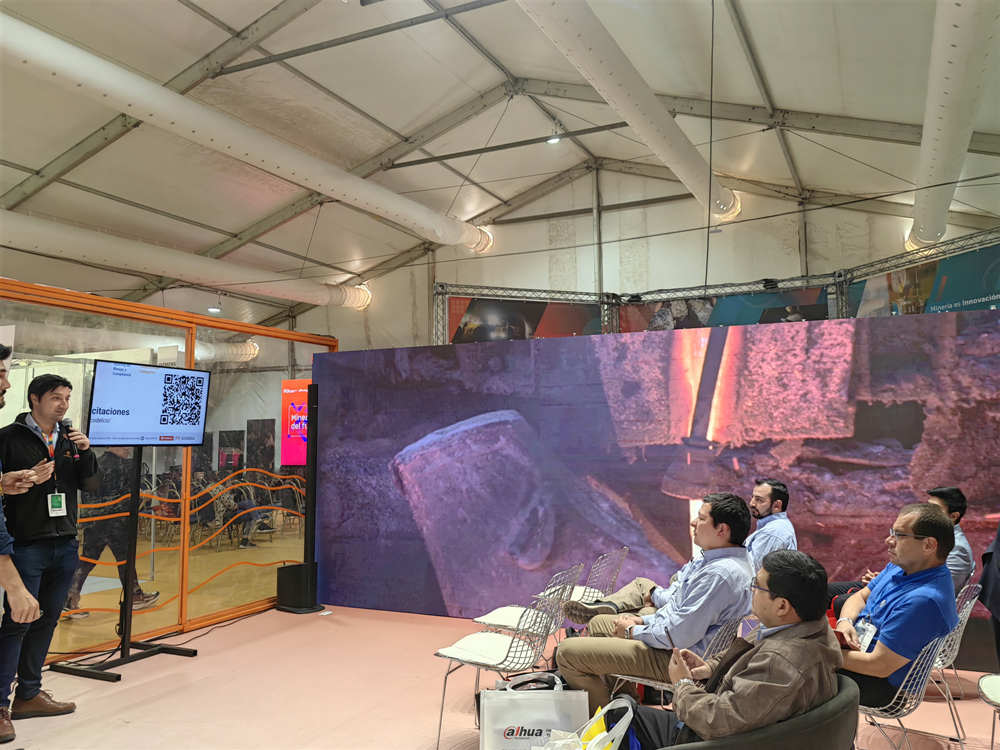Rebar (reinforcing bar) plays a critical role in the construction industry, particularly in reinforcing concrete structures to enhance their strength and durability. It is commonly used in the construction of buildings, bridges, and roads. This article explores the importance of rebar in construction, its various types, and its role in geocell applications for enhanced ground stabilization.

What is Rebar and Why is it Used in Construction?
Rebar is a steel bar or mesh used to reinforce concrete. Concrete, while strong in compression, is weak in tension, so rebar is added to concrete structures to help resist tensile stresses. The ribs on the surface of rebar help bond it to the surrounding concrete, preventing cracks and enhancing the overall durability of the structure.
Rebar is commonly used in foundations, walls, beams, and columns to ensure that the concrete structure can withstand the stresses it faces over time.
What are the Different Types of Rebar?
There are several types of rebar, each suited for different applications:
- Mild Steel Rebar (Grade 40 and Grade 60): These are the most common types, used in general construction projects.
- Epoxy-Coated Rebar: Used in environments where corrosion resistance is important, such as in coastal areas or projects exposed to salt.
- Stainless Steel Rebar: More expensive but highly corrosion-resistant, used in specialized or extreme conditions.
- Glass-Fiber Reinforced Polymer (GFRP): A newer type of rebar made from fiber materials, ideal for environments that require additional resistance to corrosion.
How Does Rebar Work with Geocell in Civil Engineering Projects?
In civil engineering, rebar is often used in combination with geocell, a three-dimensional honeycomb-like structure made from polymer materials. Geocell systems are employed to stabilize the ground in areas where the soil may be too weak to support structures like roads, retaining walls, or foundations.
When combined, rebar and geocell systems help improve the load-bearing capacity of soil, reduce soil erosion, and enhance the stability of the ground. Geocell’s confinement properties allow it to hold soil in place, while rebar ensures the integrity and strength of the structures built atop these reinforced areas.
Are the Benefits of Using Rebar in Construction?
- Enhanced Strength: Rebar increases the tensile strength of concrete, preventing cracks and increasing the overall stability of structures.
- Durability: Proper use of rebar ensures that structures last longer, even under heavy loads or extreme weather conditions.
- Cost-Effective: While rebar adds to the upfront cost of a project, its ability to reinforce concrete and prevent damage from stress or erosion ultimately saves money by reducing the need for repairs.
- Flexibility: Rebar can be shaped and bent to meet the specific needs of a project, providing flexibility in design and construction.
Rebar is a fundamental component of reinforced concrete, playing an essential role in ensuring the strength, durability, and longevity of various structures. Understanding its types and applications is crucial for effective construction. In combination with geocell technology, rebar helps stabilize the ground, making it ideal for use in large-scale civil engineering projects where ground reinforcement is necessary. Whether you are building foundations, roadways, or retaining walls, rebar is a critical element that improves the overall structural integrity and performance of your project.